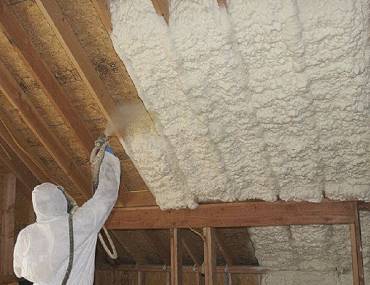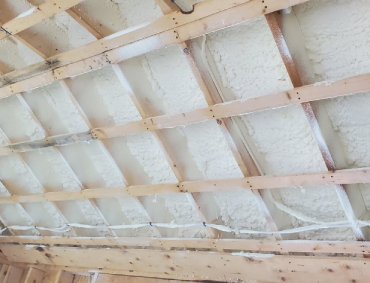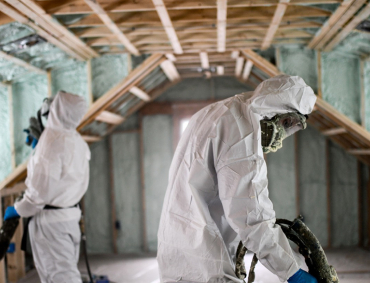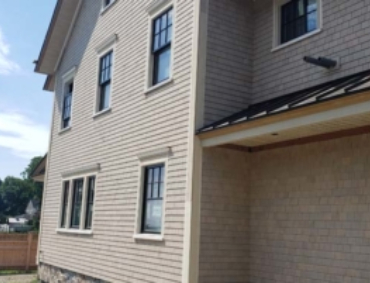Blogs

Many homeowners aim to improve their home’s energy efficiency to lower electricity bills and reduce...

As residents of New England, we may not face hurricanes as frequently as our counterparts in the southern...

Embark on a journey towards unparalleled comfort and sustainability with The Green Cocoon, your trusted...

People often neglect their attics, leaving them unexplored for years. However, checking your attic during...

As residents of New England, we may not face hurricanes as frequently as our counterparts in the southern...

Embark on a journey towards unparalleled comfort and sustainability with The Green Cocoon, your trusted...

People often neglect their attics, leaving them unexplored for years. However, checking your attic during...
No posts found





